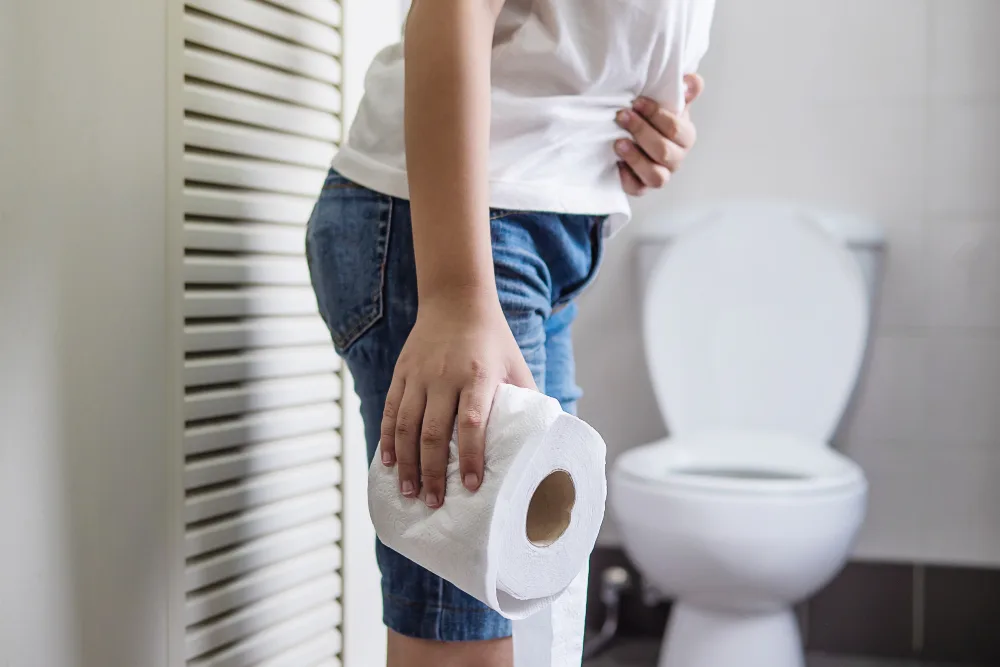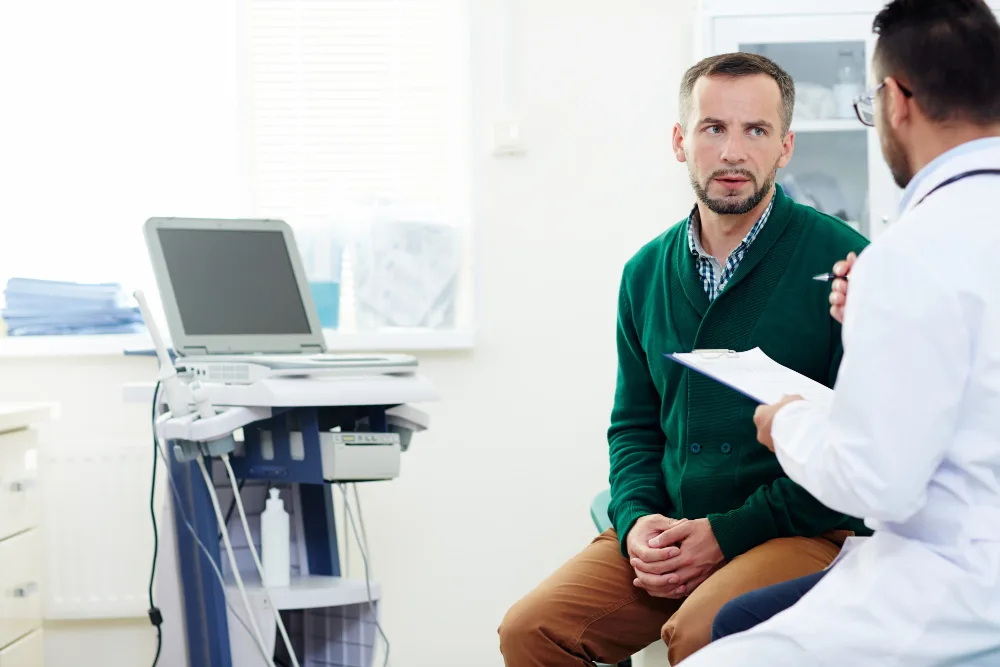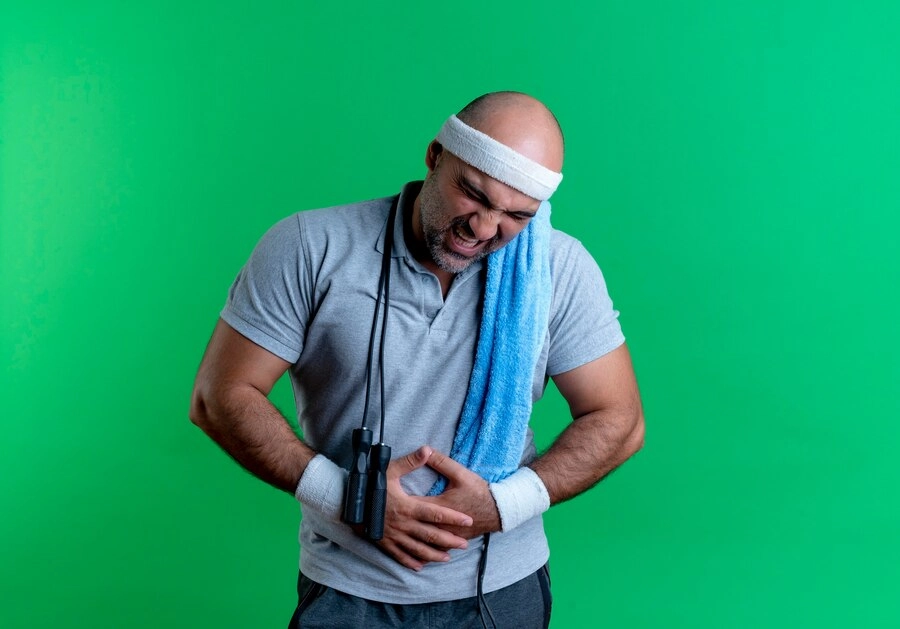How Many Types Of Piles Are There?
Category: General Surgery
Piles, or hemorrhoids, are a common yet uncomfortable condition that can affect anyone, regardless of age or lifestyle. They occur due to swollen or inflamed veins in the anal and rectal region, often triggered by chronic constipation, prolonged sitting, or straining during bowel movements. While the condition is not life-threatening, it can cause significant discomfort and, if left untreated, may lead to complications.
At Lokmanya Hospitals, our team of experienced piles specialists in Pune provides accurate diagnosis and tailored treatment based on the type and severity of the condition. From advanced non-surgical options to minimally invasive procedures, we ensure that patients receive the most effective care with minimal discomfort. Alongside medical treatment, our experts also guide patients on preventive measures and lifestyle adjustments to reduce recurrence and improve overall well-being.
What Are Piles?
Piles are essentially swollen veins located in the rectum or anus. Depending on their position, they can cause symptoms ranging from mild irritation to severe pain and bleeding. In many cases, piles develop gradually and worsen if ignored. Understanding the basics is crucial because the type of piles determines the best treatment approach. For those experiencing persistent discomfort, consulting an expert piles specialist in Pune at Lokmanya Hospitals can provide accurate diagnosis and care.
Main Types Of Piles
Piles are classified into four major types. Each has distinct features, and knowing them helps in recognizing the condition accurately.
1. Internal Piles
Internal piles develop inside the rectum and are usually not visible. Most of the time, they are painless but can cause bleeding during bowel movements. In severe cases, they may protrude outside the anus, which is referred to as prolapse. While they may go unnoticed initially, recurring rectal bleeding is often the first sign of internal piles.
2. External Piles
External piles occur under the skin around the anus. Unlike internal piles, these can cause significant pain, swelling, and itching. They are more noticeable and can make everyday activities such as sitting, walking, or using the toilet extremely uncomfortable. If ignored, external piles may worsen and lead to further complications.
3. Prolapsed Piles
Prolapsed piles are essentially internal piles that extend outward from the anus. They may cause irritation, mucus discharge, and severe discomfort. In many cases, prolapsed piles do not retract on their own and require medical attention. If left untreated, they can interfere with daily life and lead to chronic pain.
4. Thrombosed Piles
Thrombosed piles occur when a blood clot forms inside external piles. This condition can be extremely painful and often leads to severe swelling and inflammation. In some cases, patients may find it difficult to sit or move comfortably. Thrombosed piles require prompt medical care, as the pain and swelling rarely subside without treatment.
Symptoms Of Piles To Watch Out For
Identifying piles early is the key to preventing complications. Common symptoms include:
- Persistent itching or irritation around the anus
- Bright red blood after bowel movements
- Pain or discomfort, especially while sitting
- Noticeable swelling or lumps near the anus
- Mucus discharge in stool
These symptoms can differ based on the type and seeking care at early stages is recommended. Lokmanya Hospitals offers piles surgery in Pune that ensures timely treatment and a better recovery outcome.
Treatment Options For Piles
Treatment depends on the severity and type of piles. Mild cases can often be managed with lifestyle changes such as a high-fiber diet, proper hydration, and regular exercise. Medications like ointments and oral drugs may provide relief from pain and itching.
In more advanced cases, minimally invasive procedures such as rubber band ligation, sclerotherapy, or laser treatment are highly effective. For severe or recurrent piles, surgical options are recommended to provide long-term relief. At Lokmanya Hospitals, advanced techniques and experienced doctors ensure patients receive safe and effective treatment tailored to their needs.
Conclusion
While piles are a common health condition, they should never be ignored. Understanding the four main types, internal, external, prolapsed, and thrombosed, can help in recognizing symptoms early. With modern medical care and advanced surgical methods, piles can be managed effectively without prolonged discomfort.
If you experience persistent pain, bleeding, or swelling, do not delay seeking medical advice. Consulting an experienced piles doctor in Pune at Lokmanya Hospitals can help you regain comfort and improve your quality of life.
FAQ’s
1. How many types of piles are there?
There are four main types of piles—internal, external, prolapsed, and thrombosed.
2. Which type of piles is the most painful?
Thrombosed piles are the most painful due to clot formation and swelling.
3. Can piles heal without treatment?
Mild piles may improve with diet and lifestyle changes, but severe cases need medical care.
4. How can I differentiate between internal and external piles?
Internal piles are usually painless with bleeding, while external piles cause swelling and pain around the anus.
5. Do all piles require surgery?
No, not all piles need surgery. Many can be treated with medication or minimally invasive procedures.
6. Can young people develop piles?
Yes, piles can affect people of all ages, especially those with sedentary habits or poor diets.
7. Which doctor should I consult for piles?
A general surgeon or a piles doctor in Pune is best suited for diagnosis and treatment.
Previous blog
What Causes Piles?
Next blog






